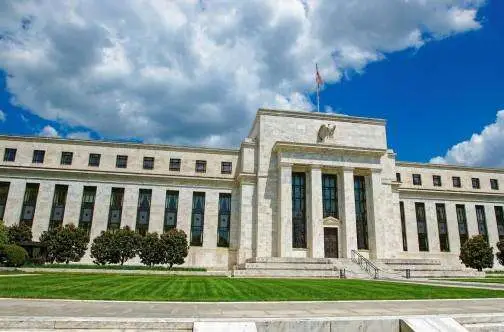In a climate of intensifying political scrutiny, the Federal Reserve remains firmly committed to its inflation-targeting mission, signaling a deliberate resistance to external pressure for looser monetary policy.
At a recent economic policy forum in Kansas City, Federal Reserve Bank President Jeff Schmid emphasized that the central bank’s current interest rate policy remains appropriately positioned—slightly restrictive, but intentionally so. His remarks mark a pointed divergence from President Donald Trump’s persistent lobbying for immediate rate cuts.
“Given current economic dynamics,” Schmid said, “a modestly restrictive stance allows us to monitor inflationary trends without prematurely abandoning our inflation containment objectives.”
As a voting member of the Fed’s rate-setting Federal Open Market Committee (FOMC), Schmid’s voice carries weight—particularly as markets brace for a possible quarter-point cut at the Fed’s upcoming meeting. The central bank’s benchmark rate currently sits in the 4.00% range, and traders are nearly unanimous in their expectation of a modest trim.
Yet Schmid cautioned that the Fed’s credibility hinges on its resolve. “Credibility on inflation is non-negotiable,” he added, reinforcing the view that rate policy must first serve economic stability before responding to political cycles.
This stance is significant given recent indicators of labor market softening. While some policymakers interpret those signals as justification for rate reductions, Schmid sees them as manageable within the current framework—arguing for cautious recalibration rather than reactionary shifts.
The broader context? The Fed is still grappling with stubborn inflation levels that exceed its long-term 2% target, forcing it to constantly weigh inflation containment against potential job market fallout. With federal elections looming, political actors have stepped up calls for monetary easing—calls that Fed officials, by mandate and by posture, are under no obligation to obey.
The message from Kansas City is clear: the Fed is prioritizing macroeconomic credibility over momentary political convenience. Rate cuts, if they come, will be driven by market signals—not tweets.






